Hackers will be hackers – Or, how developers tried to connect to my device during the AT&T Hackathon
This article may contain personal views and opinion from the author.

These high-end prosthetics are equipped with microprocessors to assist with stability, going down stairs, locking in position while standing, and walking in general. There are also a number of user adjustable features. The battery needs to be recharged about once per week, and various walking characteristics are programmed via Bluetooth, so the X3 is discoverable to other devices. Apparently, the X3’s Bluetooth ID looked interesting enough to find out what it was.
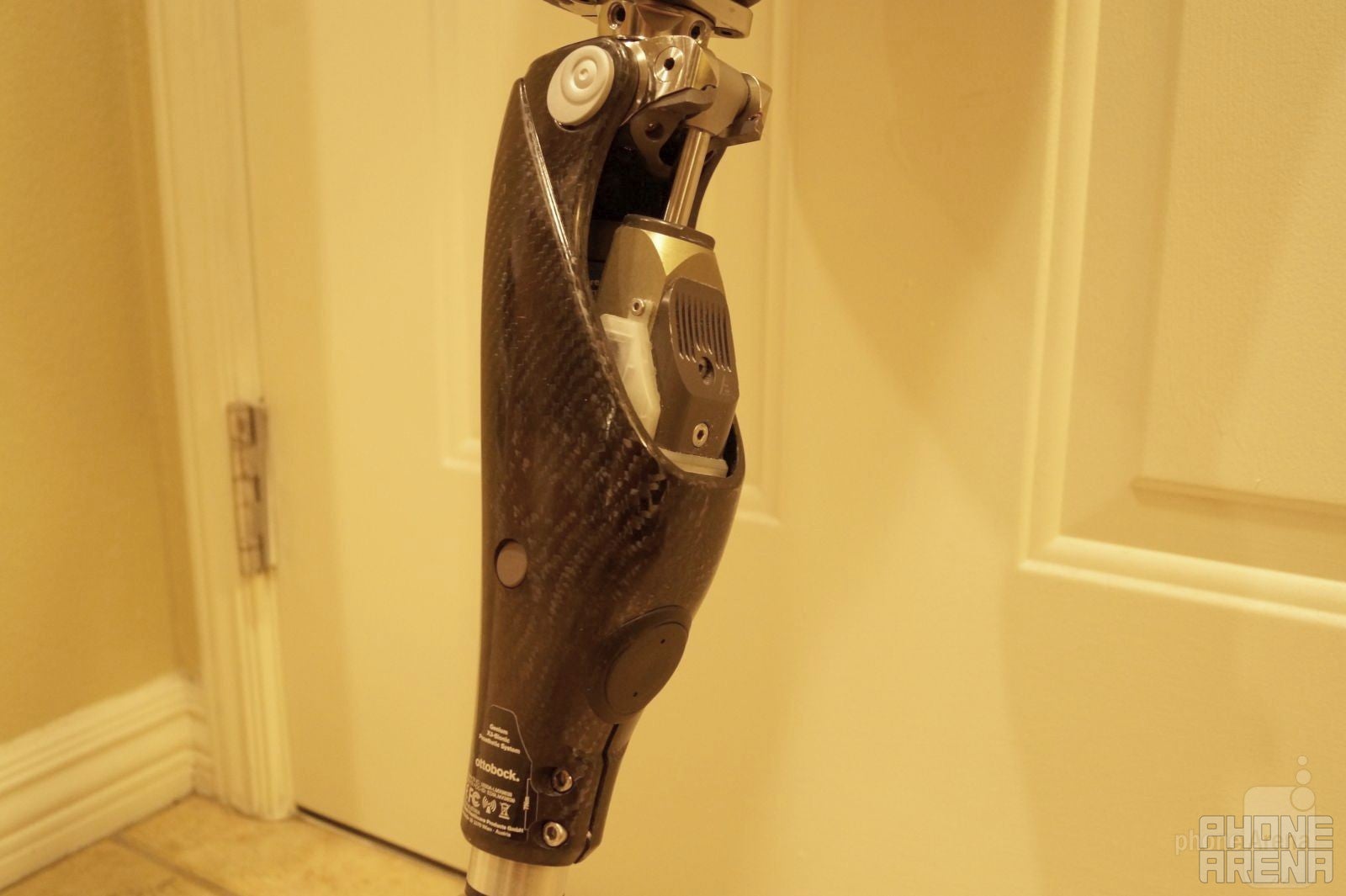
Behind this simple facade of carbon fiber and titanium is a microprocessor set-up programmed via Bluetooth and helps its wearer walk
Of course, the thought crossed my mind several times about what I would do if someone managed to change the settings that might have put the knee locked in straight mode, or removed all assistive settings completely. That would have made for an interesting, obtrusive, and extra eventful week at CES 2016.
Follow us on Google News

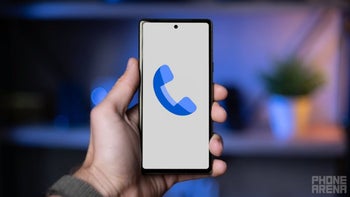

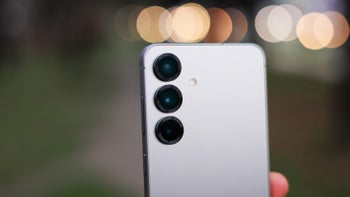


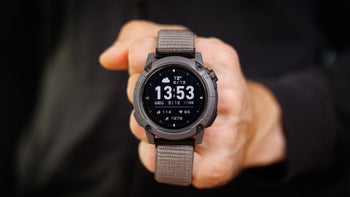



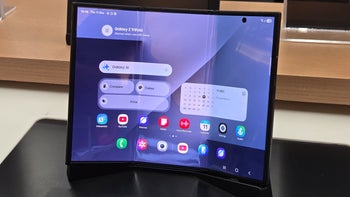

Things that are NOT allowed:
To help keep our community safe and free from spam, we apply temporary limits to newly created accounts: